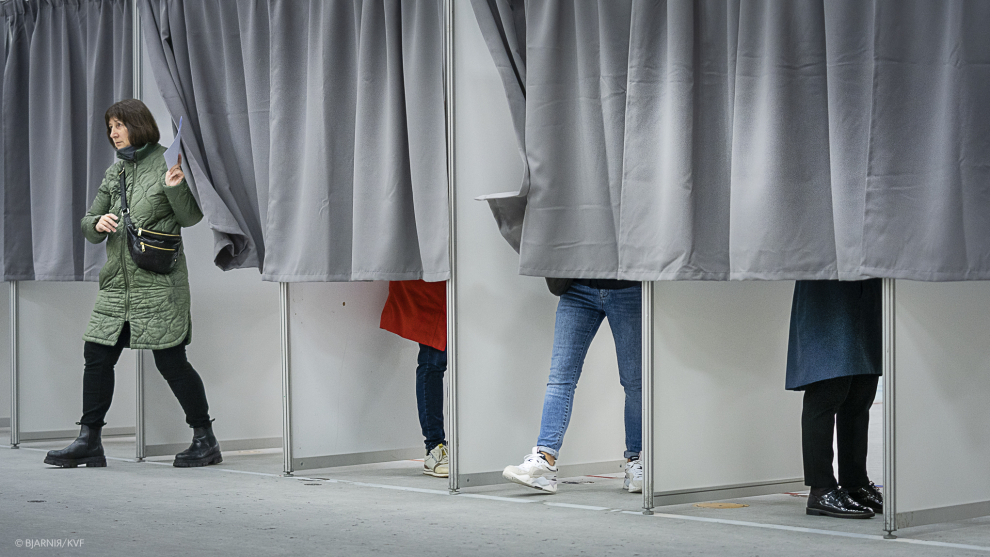- Tíðindi, mentan og ítróttur
Wind can meet half of country’s energy needs

Oil use has gone down by 104,332 tonnes and CO2 emissions by 344,296 tonnes since organised wind energy production was introduced in the Faroes in 1993.
In this 27-year period, Faroese wind farms have generated 485 megawatt hours of electricity.
These figures were announced by public energy supplier SEV on Monday in connection with the annual Global Wind Day, an event which celebrates the possibilities of wind to reshape energy systems, decarbonise economies and boost jobs and growth.
>> SEE ALSO Green power production reaches new high
SEV’s production manager Heri Mortensen says that on a good day, wind power can now produce electricity for half of the country’s households.
“The big drop in oil use we have seen since we set up our first wind farms has saved us a total of about DKK 125 million in oil expenses, which is just about enough to pay back the start-up costs of our existing wind farms,” he says.
“We are building new wind farms across the country, so we still believe we will meet the target of reaching 100 percent sustainable energy use in 2030.”
>> SEE ALSO Transition to green energy slower than expected
There are currently wind farms in Eysturoy’s Nes region, in Húsahagi outside Tórshavn and in Vestmanna.
A new wind farm in Suðuroy consisting of seven turbines is expected to be up and running in September this year.
Two others, one in Flatnahagi near Tórshavn and one in Eiði, Eysturoy, have been delayed until next year due to various complications regarding approvals.
Translated by prosa.fo




























